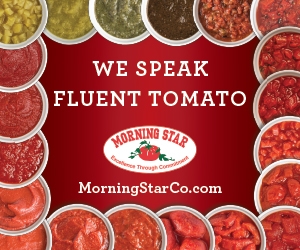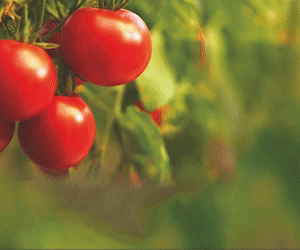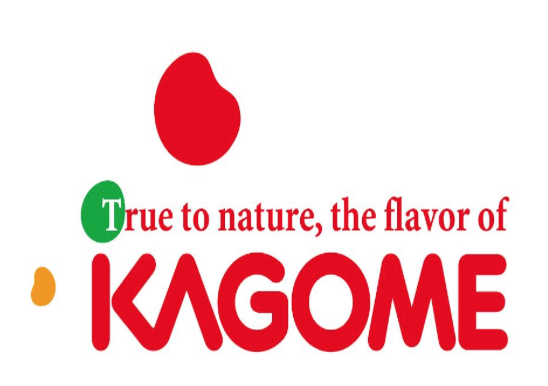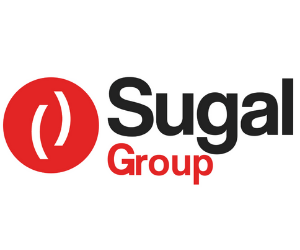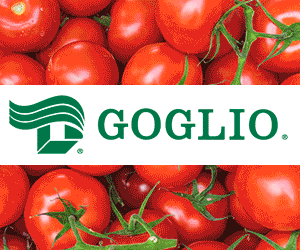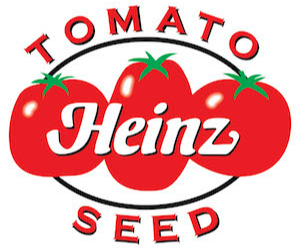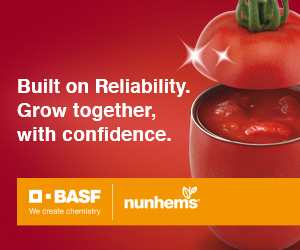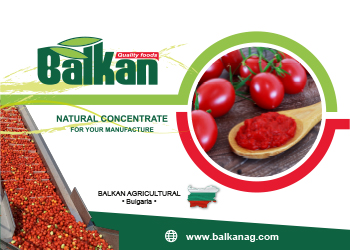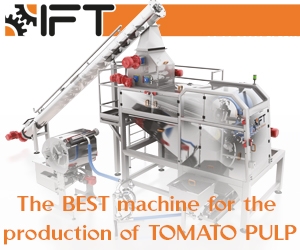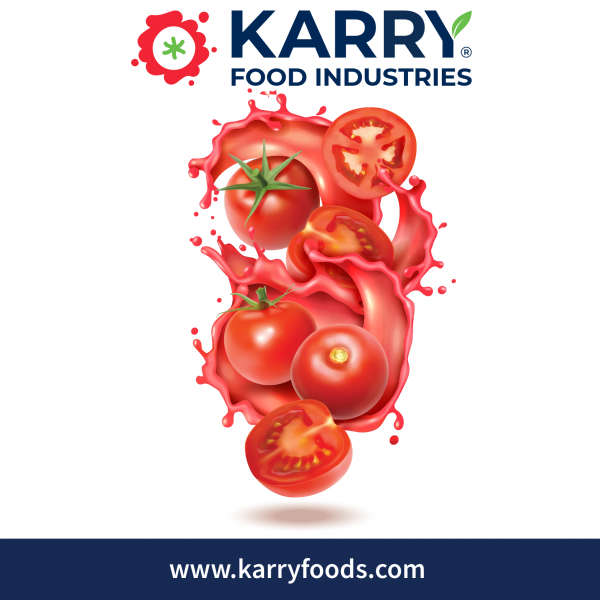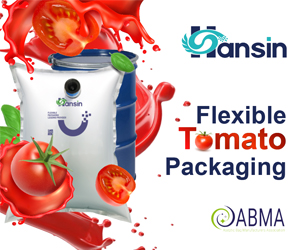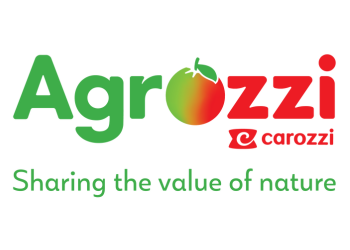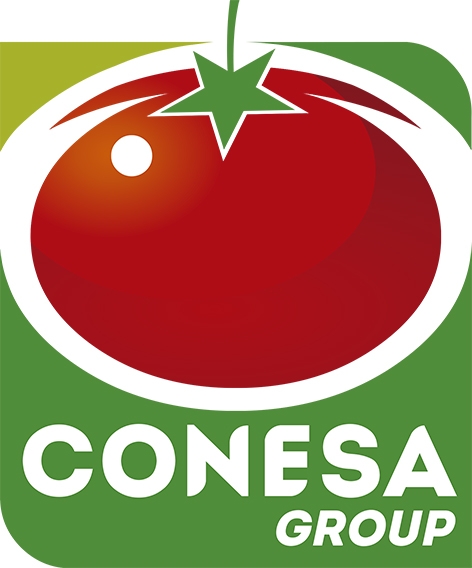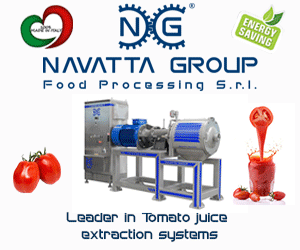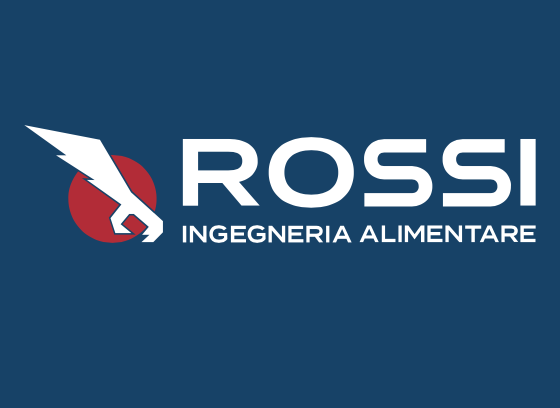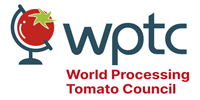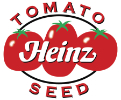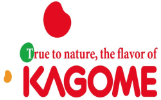Extremadura growers expect to harvest some 2 million tonnes, half a million more than in 2022. However, high temperatures are increasing the earliness of the harvest and could shorten the duration of the processing campaign. As prices have risen, so have expenses, so the sustainability of the crop is now in question.
Mid-August, the Spanish press described the processing tomato season as "rushing to keep up after a year 2022 marked by irrigation restrictions imposed by water scarcity." Since the end of July, Extremadura's growers have launched into a 2023 season that seems promising, thanks to the welcome rains of May.
However, the high temperatures of the first days of August, combined with a number of fungal diseases brought on by the rains at the start of the harvest, have led to a significant drop in productivity (see also our related articles at the end of this article). "In the fields, the last harvesting operations will be carried out in August instead of September, and the season will end earlier than expected, probably in the first half of September", explained Luis Gutiérrez, a tomato grower who is currently President of the General Community of Users of the Orellana Canal.

"If there's no water next year, the tomato crop will disappear."
Mr. Gutiérrez has emphasized the beneficial effects that the spring weather had on this crop, although the heat wave of recent weeks is proving more severe than initially expected. However, growers are hopeful that despite the accelerated harvest caused by the heatwave, overall yields will not be affected. This year, the areas planted were more extensive and the quantities contracted amounted to approximately 2 million metric tonnes (t). In 2022, contracts had amounted to just 1.5 million t, the lowest figure in six years, and now growers are hopeful that if all goes well, the 2023 target will be met.
This has been explained by Domingo Fernández, President of Tomates del Guadiana, the Santa Amalia-based processing company. Mr Fernández hopes that this year's contract with growers will be honored and that average yields of 90 t per hectare will be achieved.
Profitability and price
However, industry operators are once again denouncing the problem of the lack of profitability for a crop that requires an average investment of almost EUR 11,000 per hectare. According to some growers, this high and risky economic commitment jeopardizes the continuity of the crop. Herminio Íñiguez, a farmer and President of the Villanueva de la Serena Farmers' and Stockbreeders' Association (Agryga), noted that the price signed this year between farmers and processors, around EUR 150, matches the increase in production costs that they have suffered. "With Agryga, we defended a price of 166 euros during the negotiations, but that was reduced in the end. We said that with such a low price, we had to reduce acreage because the industry needs tomatoes, and growers deserve to be paid more," he asserted bluntly. Despite this, Mr. Íñiguez believes that with the agreed price, if this season's harvest is good, "this year won't be too bad." Nevertheless, he criticizes the fact that growers are dependent on obtaining high yields from their fields. "Prices have to be raised if the crop is to survive long-term," he stressed.
 These are the precise issues that are causing Extremadura's tomato sector to falter - high production costs, labor shortages and water uncertainty - despite the currently favorable situation on the international markets. "Growers can plant something else, but then the industrial tool will be an empty shell," predicts Mr Íñiguez, while the season could still go through a number of twists and turns in the weeks to come.
These are the precise issues that are causing Extremadura's tomato sector to falter - high production costs, labor shortages and water uncertainty - despite the currently favorable situation on the international markets. "Growers can plant something else, but then the industrial tool will be an empty shell," predicts Mr Íñiguez, while the season could still go through a number of twists and turns in the weeks to come.
Some complementary data
Costs of nearly EUR 140 per hectare
How much does a tomato grower have to produce for the industry to keep his farm profitable? That's the question many people are asking, and one that was studied several months ago at the Cooperativas Agro-alimentarias Extremadura, which set the average cost of a tonne of tomato at EUR 138.
This analysis, carried out by several of the autonomous community's OPFHs, puts the production cost at 11,400 euros per hectare, given last year's average yield of 82,450 kilos per hectare. In concrete terms, direct costs have soared by up to 30%, while indirect costs have risen by around 20%, with labor costs standing out as a particular issue.
On average, the study indicates that these costs have risen by 27.4% over the past year due to a variety of factors, including those caused by the war in Ukraine as well as the general increase in the costs of inputs required for cultivation.
Sources: elperiodicoextremadura.com, canalextremadura.es



 These are the precise issues that are causing Extremadura's tomato sector to falter - high production costs, labor shortages and water uncertainty - despite the currently favorable situation on the international markets. "Growers can plant something else, but then the industrial tool will be an empty shell," predicts Mr Íñiguez, while the season could still go through a number of twists and turns in the weeks to come.
These are the precise issues that are causing Extremadura's tomato sector to falter - high production costs, labor shortages and water uncertainty - despite the currently favorable situation on the international markets. "Growers can plant something else, but then the industrial tool will be an empty shell," predicts Mr Íñiguez, while the season could still go through a number of twists and turns in the weeks to come.